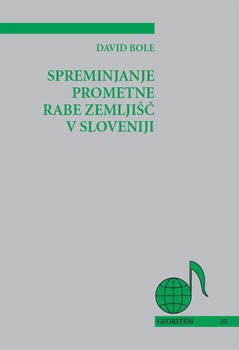Spreminjanje prometne rabe zemljišč v Sloveniji
Načini mobilnosti prebivalstva vplivajo na prometno rabo zemljišč in s tem oblikujejo prostor, v katerem živimo. Po podatkih zemljiškega katastra je v Sloveniji 465 km2 prometne rabe, kar predstavlja več kot polovico vseh pozidanih površin oziroma dobra 2 % celotne površine Slovenije. Prometna raba v zadnjem desetletju narašča, a počasneje kot ostala pozidana raba, kar morda nakazuje na večjo racionalnost poselitve v Sloveniji. Analiza prometne rabe na državni ravni kaže na območja, ki najbolj pridobivajo prometno rabo. To so območja z novo prometno infrastrukturo (ceste, železnice), pa tudi turistična ter nekatera (sub)urbanizirana območja. Rezultati kažejo, da so lokalne politične in načrtovalske odločitve zelo pomemben dejavnik rasti prometne rabe v slovenskih mestih.
Prenosi

Zbirka
Licenca

To delo je licencirano pod Creative Commons Priznanje avtorstva-Nekomercialno-Brez predelav 4.0 mednarodno licenco.
